So Greg was yelling at whoever was inside the house and I was yelling and after awhile, even our taxi driver, Manuel, got out of his taxi to see if he could get somebody to come down to the gate. But all of our yelling was fruitless. I figured what we needed was a local in the neighborhood. Maybe they could tell us if Nancy lived there. So I started walking down the street until I came to a house a few doors down where I could see several people sitting on a balcony of the second floor of a house. It looked like they were having a mid-day meal.
Now if you stop and think about what you’re doing—a middle-aged white guy who speaks terrible Spanish is standing in the middle of the street, yelling at strangers in a house, asking them if they know a woman named Nancy Jimenez—you’d never do it. It’s just too crazy. Which is why I didn’t stop and think about it. I just did it.
The women on the balcony looked at me with concern and kept asking me what I wanted. I told them I was looking for Nancy Jimenez. What? they kept asking. What?
“Nancy Jimenez. Do you know her?”
Eventually a guy came down and opened the gate just an inch or two. I called for Greg, whose Spanish is better than mine, to come over and explain to the guy what we were doing yelling at him from the middle of the street. The guy’s look of concern quickly changed to one of comprehension. “We are looking for the relative of a friend,” we told him. “It’s his cousin, Nancy Jimenez. Her aunt died and we’re trying to tell her this. Do you know if she lives in the house next door?”
The guy said he knew a guy named Leonardo who lived next door. “But maybe it is his wife,” he said. “Come with me.” So we followed him back over to the house with the blue metal fence. He started yelling at Leonardo to come down to the gate and sure enough, a buff, shirtless man eventually came down to the street. The neighbor, who spoke some English, explained to Leonardo that we were looking for a woman named Nancy Jimenez. Did he know her?
Leonardo said, Yes, he’d known Nancy. But she moved from here fourteen years ago, he told us. And then she moved again. Now, he had no idea where she was or if she was even still alive. There was no way of knowing.
In a way it felt like we’d gotten very close to finding Nancy Jimenez. After all, it had taken us several hours to find her old house, but we had found it. And we’d also talked with the guy who lived there now who remembered her. However, she’d moved 14 years ago. We’d reached a dead end.
But that didn’t mean we were giving up. On the drive back into Havana, Greg and I talked about what else we could do. If she was a professor at the university, I suggested, certainly there would be records. Maybe she was even still teaching there. We could go to the university and ask. Greg thought this was a good idea and asked the taxi driver to take us there.
“Which university?” he asked.
Greg shrugged. “Is there more than one?”
“There are many, many universities in Havana,” said Manuel. “More than a dozen.”
Well that was a little daunting. I couldn’t really see us going from university to university trying to figure out how to find out if a Nancy Jimenez still taught there or if they knew where she was. Such a task would take days, maybe weeks, and we just didn’t have that much time.
Then Greg came up with another idea. He asked Manuel if Havana had phone books. Of course, said Manuel. “But there will be many, many people named Nancy Jimenez. It is a very common name.”
No matter. Certainly it would be a lot easier to call every single Nancy Jimenez in the phone book then to drive around to god knows how many universities in Havana looking for her. We decided that as soon as we got back to the hotel, we would look for a phone book and begin making the calls.

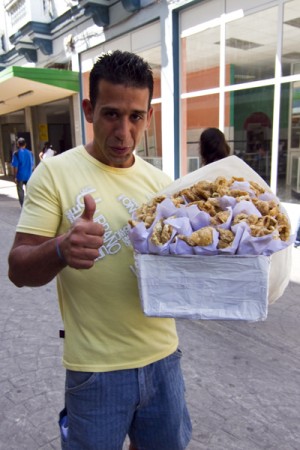
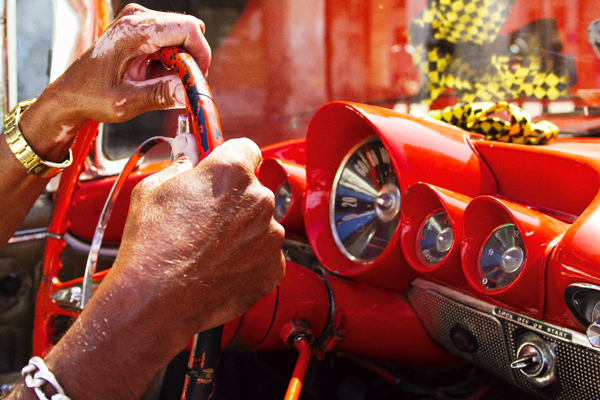

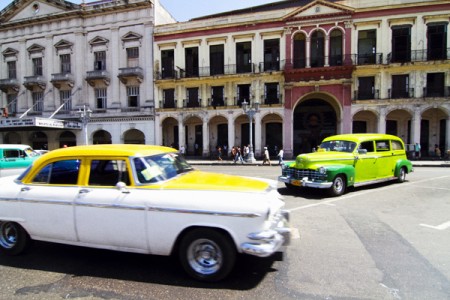
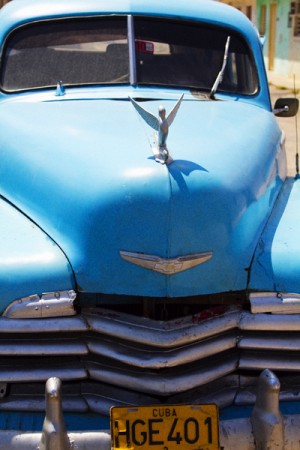

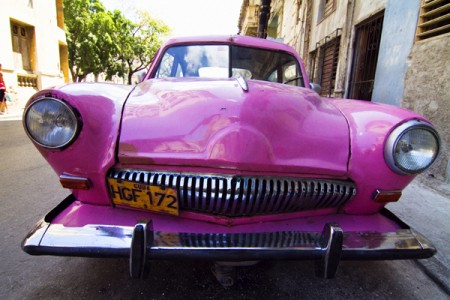

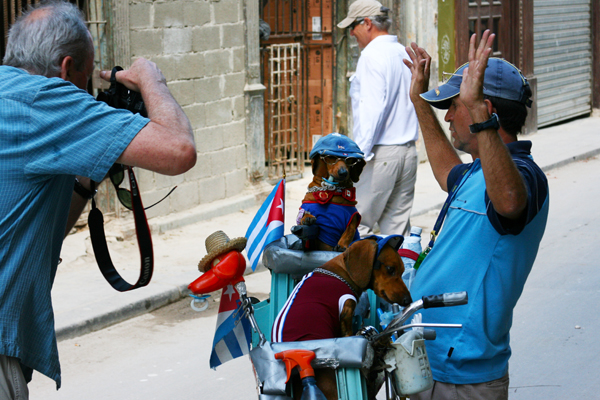
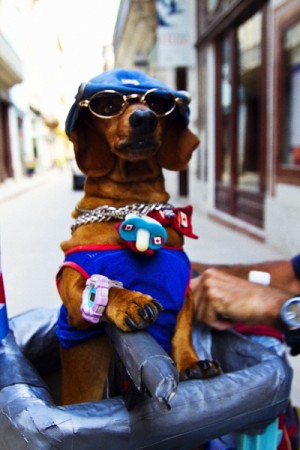
Recent Comments